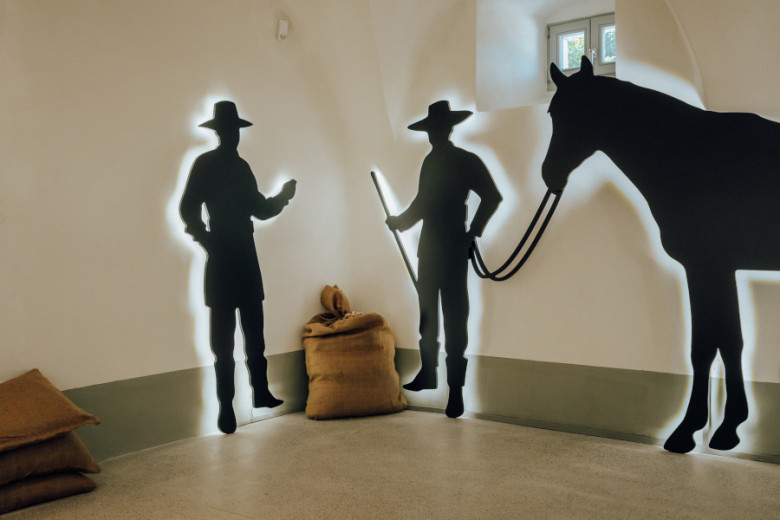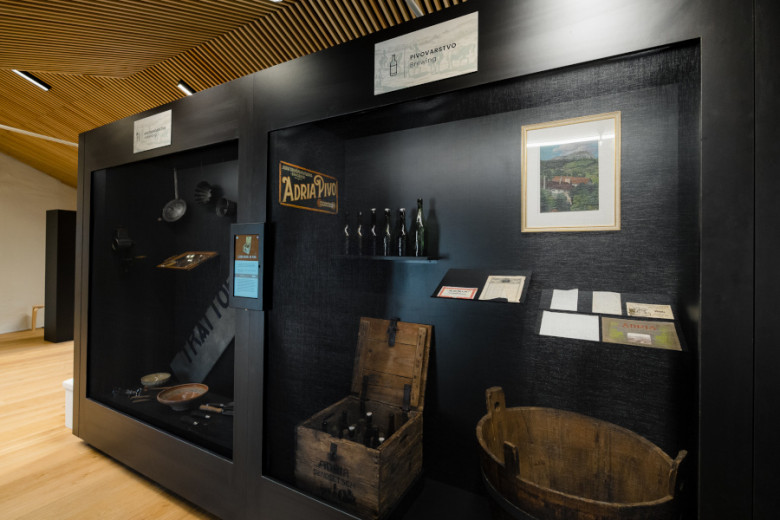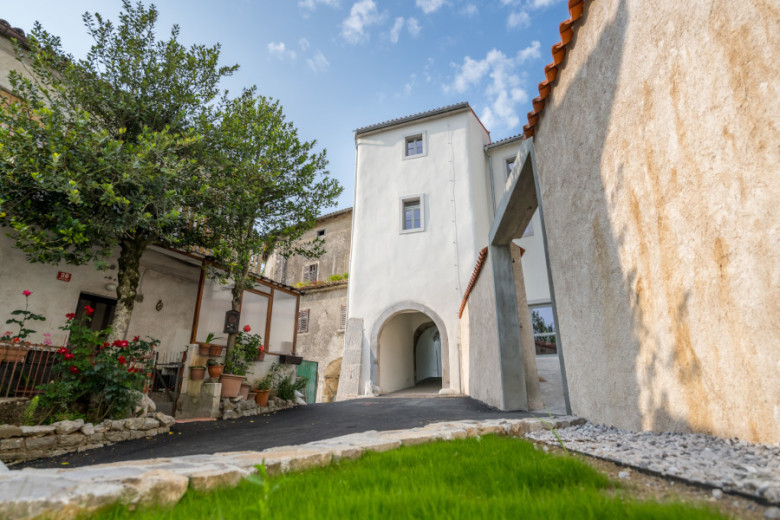Date: 19. August 2025
Time to read: 5 min
Thanks to its strategic location, Slovenia has long served as a vital transport link between various European regions. This was true even in the Middle Ages, when a major route crossed its territory, connecting Vienna and Trieste and linking continental Europe with the Adriatic Sea. It was along this important trade route that Senožeče developed – a settlement in southwestern Slovenia with a rich history of goods transport and trade.
Do you know the difference between transport by pack animals and horse-cart transport?
Transport by pack animals involved carrying goods on the backs of domestic animals, most commonly horses and oxen.
In the 18th century, this form of transport was gradually replaced by horse-cart transport, also known as furmanstvo, where goods were hauled by horse-drawn carts. This transition required better-maintained roads, allowing horse-cart drivers to carry several tonnes of goods at a time.
Handlers of pack animals and horse-cart drivers transported goods over both short and long distances.
They supplied towns with goods from the countryside, transporting products from mines, smelting furnaces and manufactories, and imported goods from distant regions.
Grain was often exported to coastal towns, while other export items included iron and iron products, hides and skins. On their return trips, carriers often brought back salt, wine, olive oil, spices and exotic fruit.
Economic development
Alongside the growth of freight transport, trade and various crafts also flourished in Senožeče. Taverns and inns sprang up in the market square, providing rest stops for carriers and their animals, while locals had opportunities to earn additional income. Freight transport also gave a boost to rural trade. Many farmers sold part of their harvest or exchanged it for other goods.
Thanks to its proximity to the salt pans, Senožeče played an important role in transporting this valuable commodity. Historical records indicate that salt from Trieste was unloaded and sold there. Salt was not only a raw material, but was also used as a form of currency.
Toll houses and smugglers
Along major traffic routes, toll houses were established – places where fees were collected for transporting goods across certain territories. One such toll house was located in Senožeče.
Handlers of pack animals often tried to avoid paying these tolls by using side routes, but such activity was considered smuggling.
At times, smuggling was also a form of resistance against high taxes.
Goods caught in smuggling were confiscated and smugglers were often fined. In a popular Slovenian folk tale, the authorities even pursued Martin Krpan, a strong and independent man who made his living transporting saltpetre – known locally as English salt – from the port of Trieste.
According to the story, on one of his journeys, Krpan met the Emperor. He is said to have quickly picked up his mare and her load, moving them aside to make room on the narrow path. Impressed by Krpan's strength, the Emperor spoke to him, but Krpan did not reveal what he was carrying. Later, after Krpan defeated the fearsome giant Brdavs in Vienna and saved the Empire, he was rewarded with permission to transport saltpetre.
Are you curious what a historical toll house looked like?
The former toll house now serves as the modern Rural Transport Museum.
Here, you can explore the lives of rural merchants, carriers, smugglers and craftsmen, and uncover the history of toll houses and the local community.
Adjacent to the museum, the Kotlar House features a museum café and pastry shop where you can enjoy the unique dessert called "Tortica Mitnica" (Toll Cake), inspired by local flavours and the stories of horse-cart drivers.
-
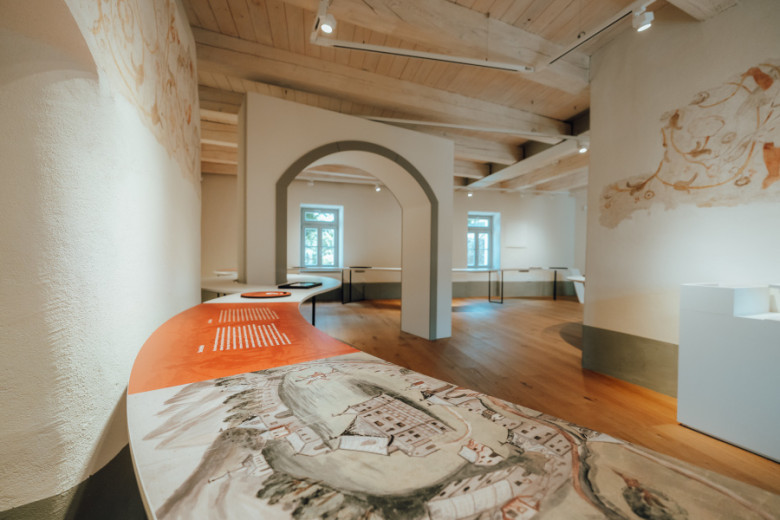 The museum exhibit combines rich cultural heritage and authentic architecture. Photo: Alen Franetič/BeGR8 Media
The museum exhibit combines rich cultural heritage and authentic architecture. Photo: Alen Franetič/BeGR8 Media
-
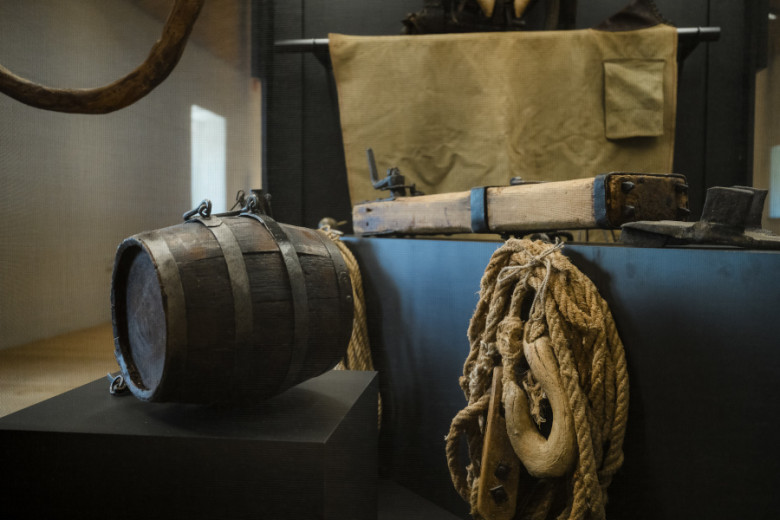 Essential equipment for carriers. Photo: Alen Franetič/BeGR8 Media
Essential equipment for carriers. Photo: Alen Franetič/BeGR8 Media
-
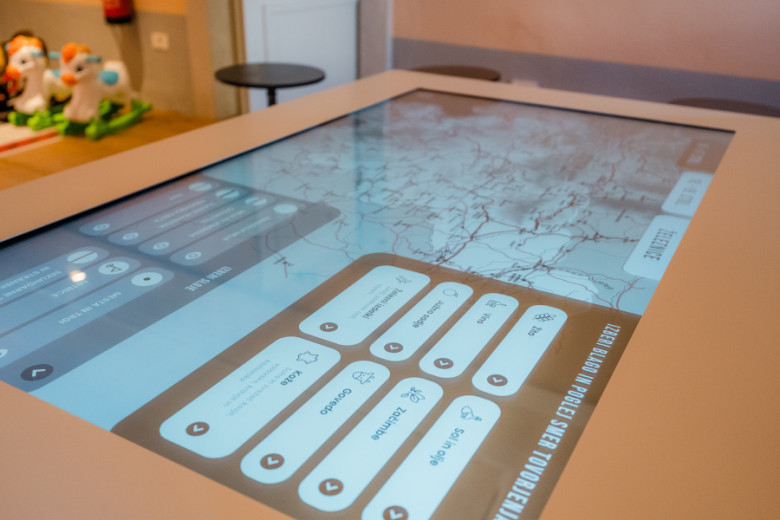 A lively trade in goods passed through Senožeče. Photo: Alen Franetič/BeGR8 Media
A lively trade in goods passed through Senožeče. Photo: Alen Franetič/BeGR8 Media
-
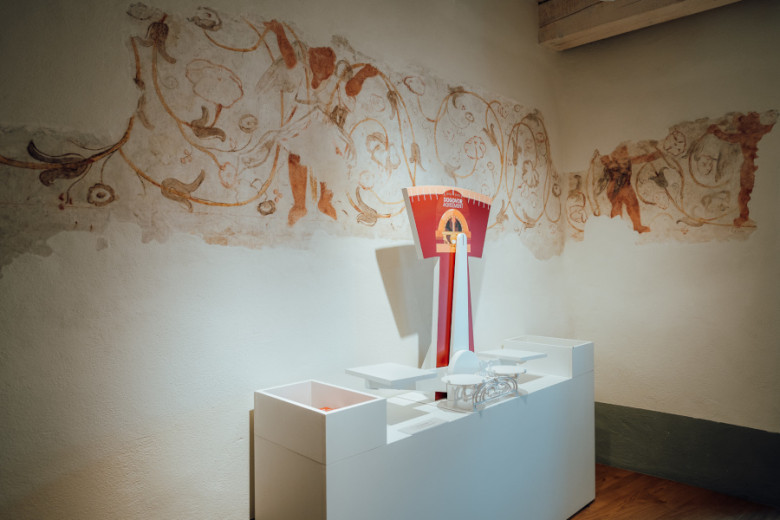 Special scales were used for weighing. Photo: Alen Franetič/BeGR8 Media
Special scales were used for weighing. Photo: Alen Franetič/BeGR8 Media
-
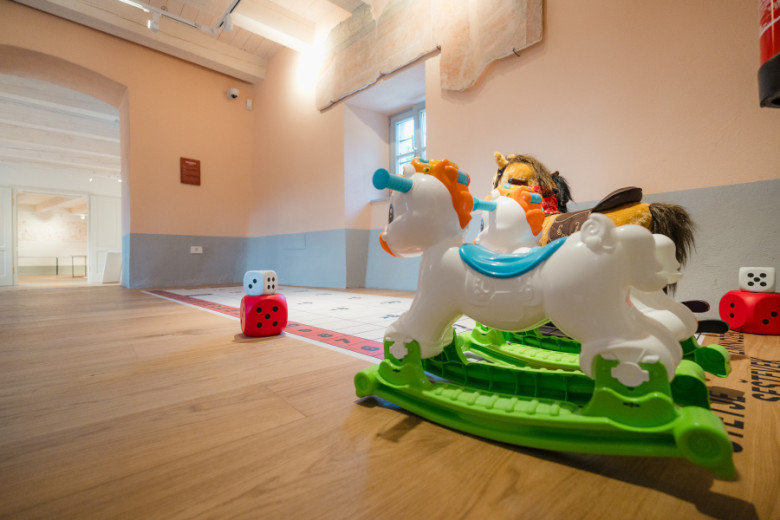 The museum welcomes visitors of all ages. Photo: Alen Franetič/BeGR8 Media
The museum welcomes visitors of all ages. Photo: Alen Franetič/BeGR8 Media
From traditional to modern transport
The rise of free trade in the 19th century led to the gradual disappearance of historic toll houses, while the construction of the Vienna–Trieste railway line significantly reduced long-distance freight transport by road. However, traditional freight transport remained in use locally until the introduction of motorised vehicles.

